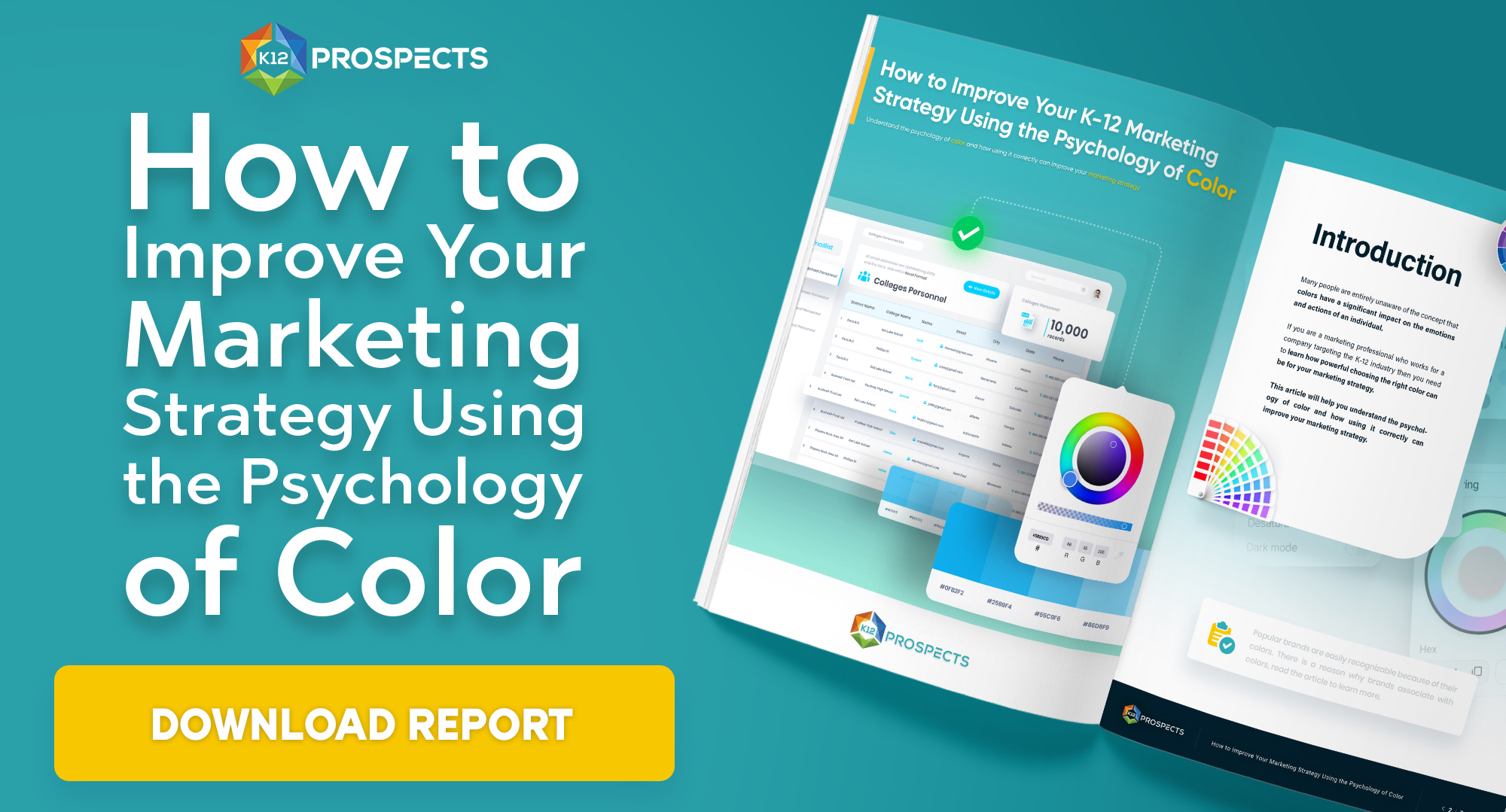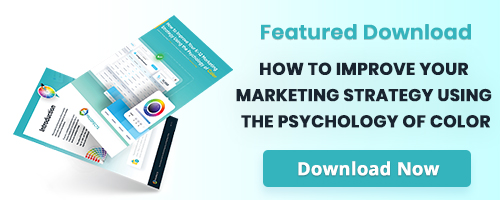Effective Email Marketing Practices for K12 Products and Services Providers: A Comprehensive Guide

If your company specializes in selling products and services to K12 schools and districts, email marketing is undoubtedly an essential part of your strategy. The challenge, however, is avoiding the dreaded email blocklists that can derail your outreach efforts. This guide aims to demystify email blocklists and offers practical solutions tailored to the K12 market.
Understanding Email Blocklists in the K12 Context
An email blocklist is essentially a record containing IP addresses or domains that have been flagged as potential spam sources. These lists are utilized by email servers to filter unwanted content, either diverting emails directly to the spam folder or preventing them from being sent entirely.
In the educational sphere, where effective communication is paramount, ending up on a blocklist can be a significant obstacle to reaching your intended recipients. The repercussions can range from minor inconveniences to significant barriers to your email marketing success.
Three Major Types of Email Traps
Recycled Spam Traps: These are dormant email addresses that, after a period of inactivity, are reactivated to catch spammers. K12 marketers should be aware of these, especially when dealing with older databases.
Typo Traps: These occur due to user error, such as typing “educator@hitmail.com” instead of “educator@hotmail.com.” Attention to detail in list acquisition and hygiene is vital.
Pristine Traps: These are email addresses created solely to capture spammers. Companies targeting K12 should be extra cautious, ensuring that their lists are responsibly obtained.
How to Check and Avoid Being on an Email Blocklist
Multiple blocklists exist, some specifically tailored to educational contexts. Here are a few tools and services you may find valuable:
Barracuda Reputation Block List (BRBL)
Strategies for K12 Marketers to Avoid Blocklisting
Verified and Updated Lists:
Pros: Ensures valid recipients, improves engagement, and prevents traps.
Cons: May slow down the marketing process.
Engagement-based Sunsetting:
Pros: Removes inactive recipients, improves ROI, and enhances brand reputation.
Cons: Technical challenges and potential revenue loss from non-engaged recipients.
Real-time Address Validation with K12 Prospects:
Pros: Reduces typos, minimizes spam trap hits, and impresses recipients.
Cons: Licensing costs and technical requirements.
Collaborate with K12 Prospects for Enhanced Deliverability
Being on a blocklist doesn’t mean your company is doing something wrong, but rather, it’s an indication of the need to refine your practices. The goal is to deliver valuable content that resonates with educators, administrators, and other stakeholders within the K12 ecosystem.
By utilizing services like K12 Prospects and maintaining vigilance over your email practices, you can enhance your open rates and engage your recipients more effectively. Continuous testing, personalization, and a focus on what resonates with the educational community will ensure your email marketing campaign’s success.
Remember, the key to successful email marketing in the K12 arena is not just about avoiding blocklists but about building trust and providing valuable content that meets the unique needs of schools and districts. Focus on engaging your recipients with relevant offerings and support, and you’ll be well on your way to achieving your marketing goals.



